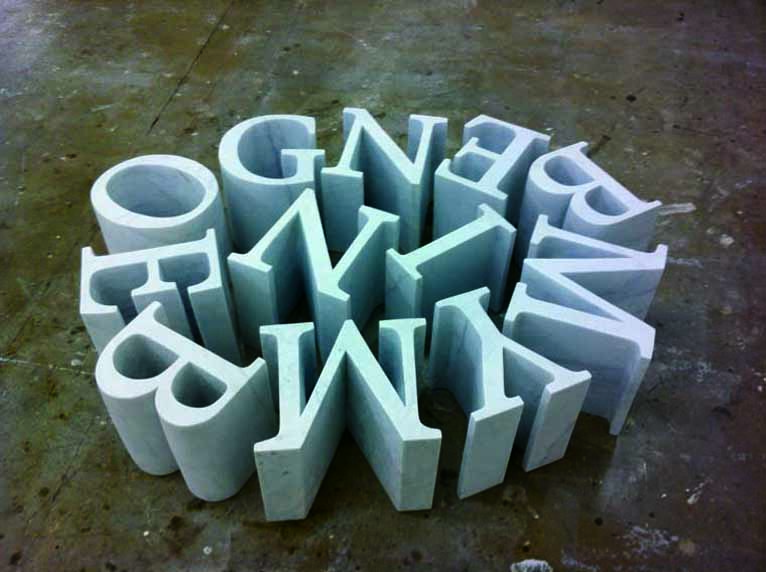LEUNG CHI WO: WE MUST CONSTRUCT AS WELL AS DESTROY
| May 22, 2012 | Post In LEAP 14

Contextually underpinning Leung Chi Wo’s first solo exhibition in London, “We Must Construct as Well as Destroy,” is Aston Webb, an architect whose text published in the book London of the Future (1921) forms the exhibition title. In Aston Webb’s Prophecy (2011), a photograph of the Webb-designed Hong Kong Legislative Council (LEGCO) Building is presented on a light box upon which Webb’s vision of a future London is etched: a new city, where gray streets are opened up, gloomy tenements are swept away, and light, air, and beauty reign. The image, depicting one of Hong Kong’s last surviving colonial buildings framed by a mass of trees, concrete high-rises and steel and glass skyscrapers, compositionally relates to Untitled (2011), a drawing of Herbert Mason’s December 1940 front-page image of the St. Paul’s Cathedral dome— Webb’s inspiration for the LEGCO Building— surrounded by a Blitzkrieg-induced smokescreen.
While these two images visualize the intricate relationship between London and Hong Kong, five other works are positioned as multi-layered interferences— or interventions— that disrupt the linear approach to history that so often simplifies the complexities of time and place. A series of four light installations responds to this idea of decontextualization by presenting photographs of bullet holes marking the LEGCO building’s surface, ascribed to the battle for Hong Kong against the invading Japanese army in December 1941. Phrases inscribed into plexiglass surfaces are taken out of context, like I’m Glad We’ve Been Bombed (2010), extracted from a World War II sound bite of The Queen Mother after Buckingham Palace was bombed during the Blitz, just as Enemy Bombing (2011), a marble sculpture installed in the space to spell out its own name, is extracted from a plaque found on the Aston Webb façade of the Victoria and Albert Museum that commemorates the World War II bombings in London.
But what is at stake when words from the past are reframed outside of their original context? What is to be said about enemy bombings— or even the gratitude for having been bombed— after a decade of watching the gruesome Shock and Awe bombardment of Iraq in 2003, the July War between Lebanon and Israel in 2006, and more recently, the bombing of Libya? As light pierces through each bullet hole and phrases emerge from the transparent surfaces of the plexiglass in We Still Need to Fight (2010), quoting a text by the International Domestic Workers Network protesting the minimum wage outside the LEGCO Building in 2010, and Stop Useless Resistance (2010), quoted from propaganda leaflets dropped over Hong Kong by the Japanese in 1941, the question of how to read such slogans is just as problematic as the question of who or what constitutes the “enemy” today.
Such questions recall Maurice Merleau-Ponty, who stated in his 1945 essay “The War Has Taken Place,” that the only way for us to be human to one another, for relations between consciousnesses to become transparent, and universality to become fact, will be in a society where past traumas have been wiped out and conditions for effective liberty realized. Until then, “The life of society will remain a dialogue and a battle between phantoms— in which real tears and real blood suddenly start to flow.” But to wipe out past traumas must we not come to terms with them first? Could such “phantoms” be those generalized memorial plaques, isolated sound bites, and buildings representative of historical moments, even political ideologies? Have crucial historical contexts become those phantoms, flimsy in their decontextualized states, amidst our avoidance of dealing or interacting with them critically?
As Merleau-Ponty observed in 1945: “We had secretly resolved to know nothing of violence and unhappiness as elements of history because we were living in a country too happy and too weak to envisage them.” Compare and contrast: then and now. Stephanie Bailey

